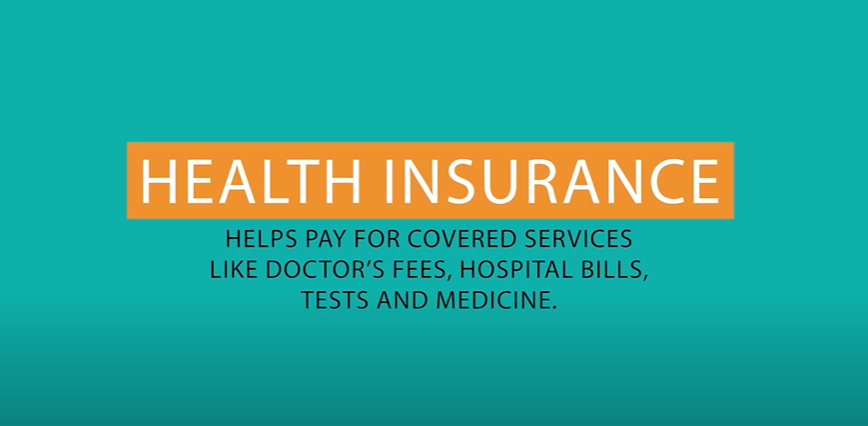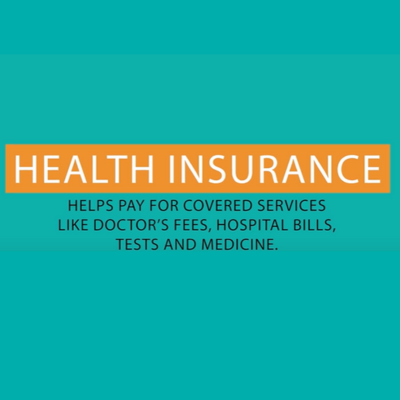One of the most common ways to pay for health care services is through health insurance. Health insurance helps pay for services covered by your health insurance plan, like doctor’s fees, hospital bills, tests, and medicine.
Taking the Mystery Out of Health Insurance and Paying for Health Care Services
Most kids don’t think about how their health care services are paid for. As we get closer to graduating from high school and moving away from home, it is important to understand how health insurance works and how to manage our own health care. Health insurance can seem complicated and a mystery. Let’s break it down!








